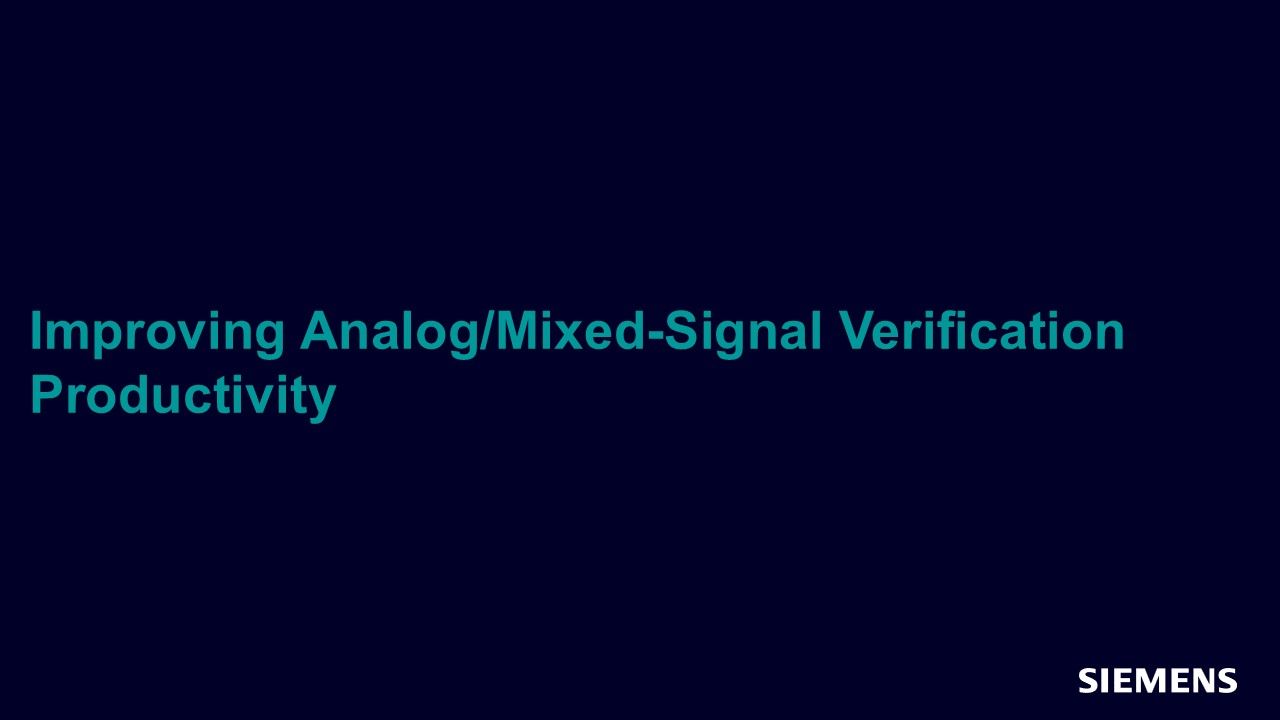Improving Analog/Mixed-Signal Verification Productivity
Nearly all of today's chips contain Analog/Mixed-Signal circuits. Although these often constitute only 25% of the total die, they may be 100% of the product differentiation and also, unfortunately, 80% of the problems in actually getting the chip to market in a cost effective and timely way.

Full-access members only
Register your account to view Improving Analog/Mixed-Signal Verification Productivity
Full-access members gain access to our free tools and training, including our full library of articles, recorded sessions, seminars, papers, learning tracks, in-depth verification cookbooks, and more.